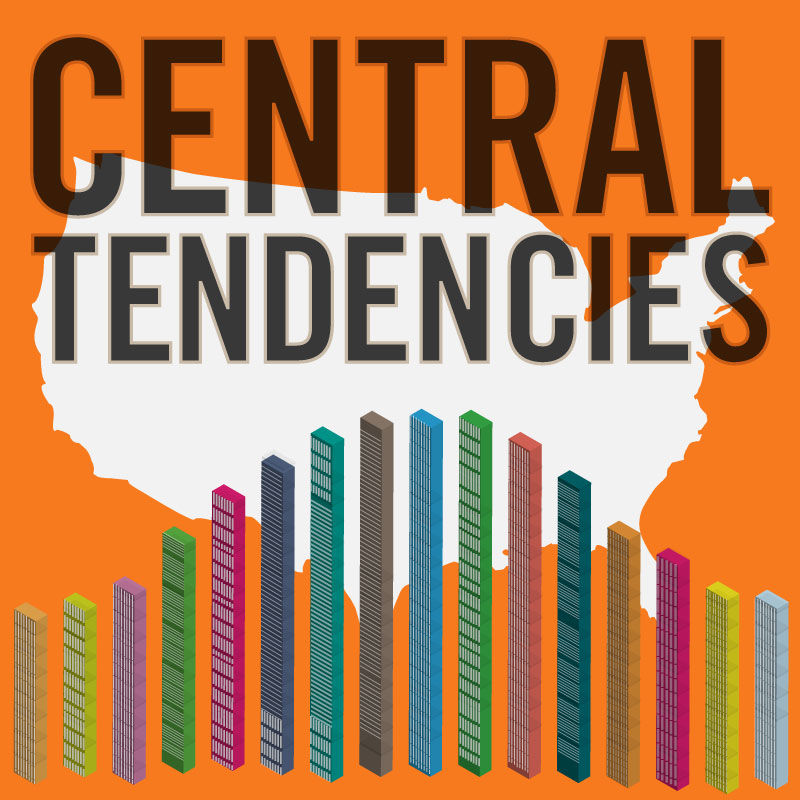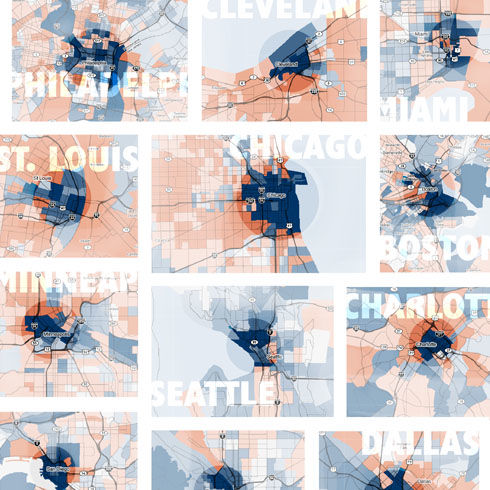When the 2010 Census results were released earlier this year, the excitement among urban planners, geographers, economists, and other data dorks was nearly deafening. The reason for this enthusiasm lies behind the results' subsequent significance and political ramifications, as micro- and macro-economic trends and relocation shifts were revealed, providing insight into Americans' increasing migratory central tendencies.
Population growth magnets that are particularly interesting are those of American city downtowns and nearby neighborhoods. Similarly, urban and "college town" college campuses are experiencing significant growth. These places are experiencing a renaissance since the demand for walkability, access to cultural institutions, unique sense of place, access to transit, and an urban lifestyle have aligned. On the flip side, numerous inner-ring suburbs have fallen into a state of decline, with population numbers leveling off and stagnant. Many smart growth advocates attribute their struggles with unsustainable growth patterns over the last 50 years.
Economists, planners, and geographers agree this trend is likely to continue. Whether these trends are being driven by globalism or simply a desire for that fabulous urban lifestyle as seen in Sex and the City, it nonetheless cannot be ignored. If cities anticipate these trends and plan accordingly—whether it be through improved transit access, green infrastructure, implementing flexible development regulations, or ensuring equitable housing choices—Americans' central tendencies will continue clustring and densifying in increasingly sustainable ways.

